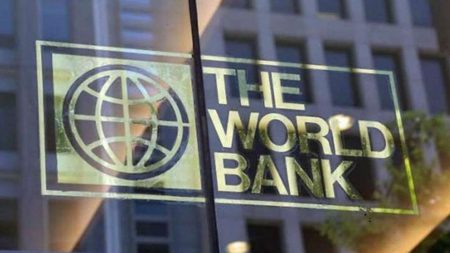World Bank report on China’s Belt and Road Initiative 21/06/2019 – Posted in: Daily News
WORLD BANK REPORT ON CHINA’S BELT AND ROAD INITIATIVE
For: Mains
Topics covered: BRI, World Bank Report on BRI, Major findings
News Flash
World Bank recently released its report that called for deep policy reforms and more transparency for the initiative.
Belt and Road is a string of ports, railways, roads and bridges and other investments connecting China to Europe via central and southern Asia.
Findings
- China’s massive Belt and Road infrastructure drive could speed up economic development.
- It could reduce poverty for dozens of developing countries.
- The project could lift 32 million people out of moderate poverty conditions if implemented fully.
- For some countries, the costs of new infrastructure could outweigh potential economic gains and the benefits would be unevenly distributed among participating countries.
- Real income gains in the Kyrgyz Republic, Pakistan, and Thailand could be above 8 percent, but Azerbaijan, Mongolia and Tajikistan could experience negative welfare gains due to high infrastructure costs.
- Real income for Belt and Road corridor economies could be two to four times larger if they ease trade restrictions.
- Increased private-sector participation in Belt and Road, can help sustain the initiative in the long run.
- International good practices such as open and transparent public procurement would increase the likelihood that BRI projects are allocated to the firms best placed to implement them.
- There was also a need to increase the transparency of debt terms and conditions for Belt and Road projects to allow governments to assess the risks to their ability to sustain debt.
Belt and Road Initiative
China’s BRI is an ambitious programme to connect Asia with Africa and Europe via land and maritime networks along six corridors with the aim of improving regional integration, increasing trade and stimulating economic growth.
The name was coined in 2013 by China’s President Xi Jinping, who drew inspiration from the concept of the Silk Road established during the Han Dynasty 2,000 years ago – an ancient network of trade routes that connected China to the Mediterranean via Eurasia for centuries. The BRI has also been referred to in the past as ‘One Belt One Road’.
The BRI comprises a Silk Road Economic Belt – a trans-continental passage that links China with Southeast Asia, South Asia, Central Asia, Russia and Europe by land – and a 21st century Maritime Silk Road, a sea route connecting China’s coastal regions with southeast and south Asia, the South Pacific, the Middle East and Eastern Africa, all the way to Europe.
Source: US News
You can follow us on LinkedIn and for more updates related to UPSC IAS Preparation, Like our Facebook Page and subscribe our Diligent IAS Youtube Channel
Also, Read Related Daily News
- AWaRe Tool to Guide Antibiotic Use
- Polavaram Multi-purpose Project
- National Human Rights Commission
- Expression of Interest (EOI) for Submarines


